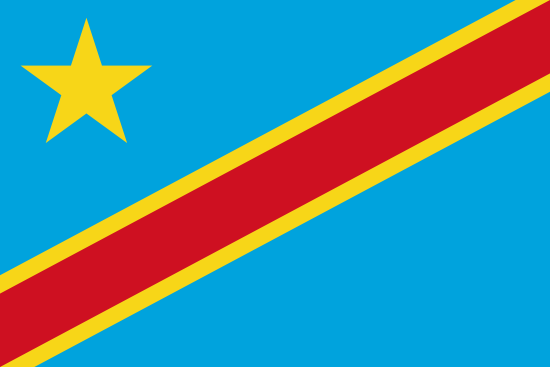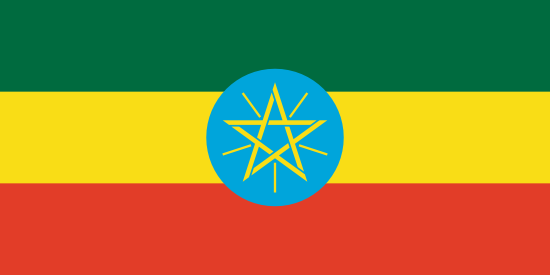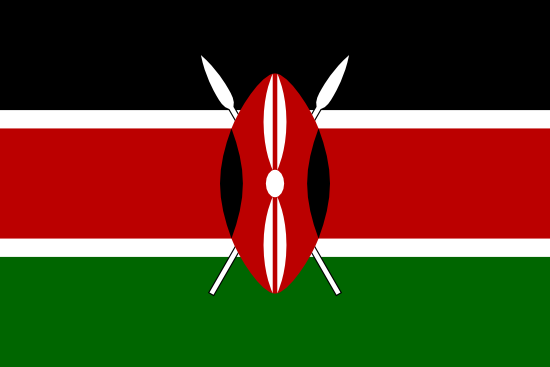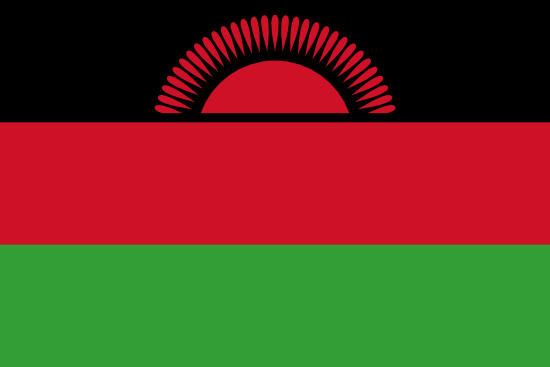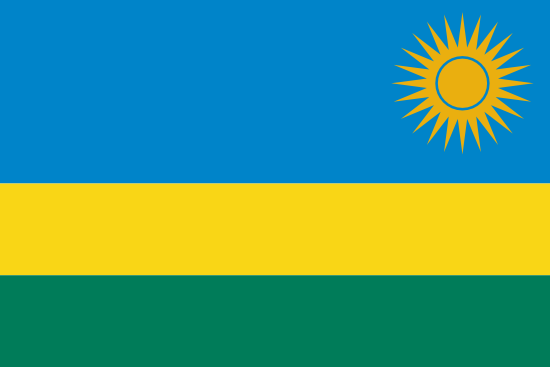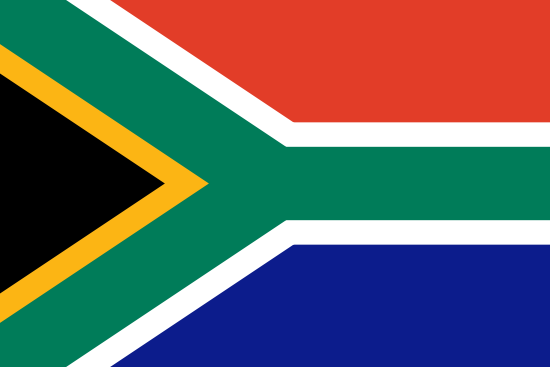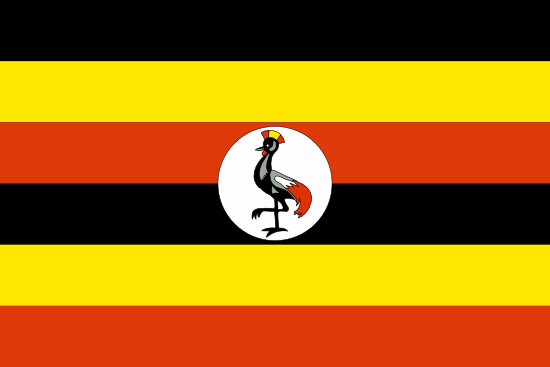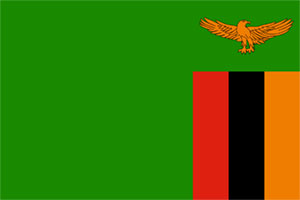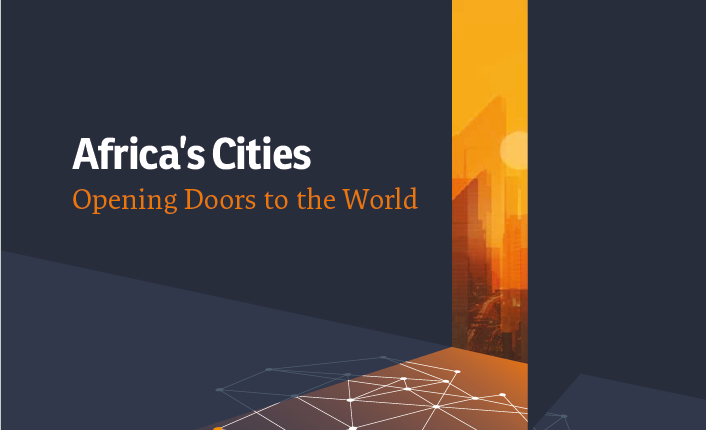A new report by the Washington-based World Bank shows a marked decrease in extreme poverty around the world over the past few years.
But there are still an estimated 767 million people globally living in shocking conditions, half of them in sub-Saharan Africa.
In this region alone close to 390 million people are trying to exist on an average $US1.90 a day.
The report says over 60% of Africa’s urban population lives in areas with some combination of overcrowding, low-quality housing and inadequate access to clean water and sanitation.
Nearly two-thirds of these people are packed into slums – double the number living in slum conditions in other parts of the world.
The problem lies in part with a massive lack of infrastructure.
In Nigeria, for instance, only Lagos and Abuja have sewerage systems, and most households in the two cities are not even connected. In Ethiopia, only Addis Ababa has a sewerage system, serving only 10% of the population.
In 2012, less than half of Addis Ababa’s residents had access to safe water.
A similar situation exists with waste collection. The report says that across the whole of sub-Saharan Africa, only 45-82% of locally-generated waste in urban areas is collected.
World Bank data dealing with housing and basic services like electricity paints an equally grim picture.
Only 16% of urban households across Africa have permanent roofs. Even houses with roofs may not have proper walls or floors. Only 70% of homes have electricity in urban areas and barely 2% in rural areas.
The World Bank says that poverty is becoming increasingly concentrated in sub-Saharan Africa and it calls on countries to pursue broad-based economic growth, to invest in people, and to insure the poor against ever-changing risks.
Story provided by Mike Heard for AE Australia


